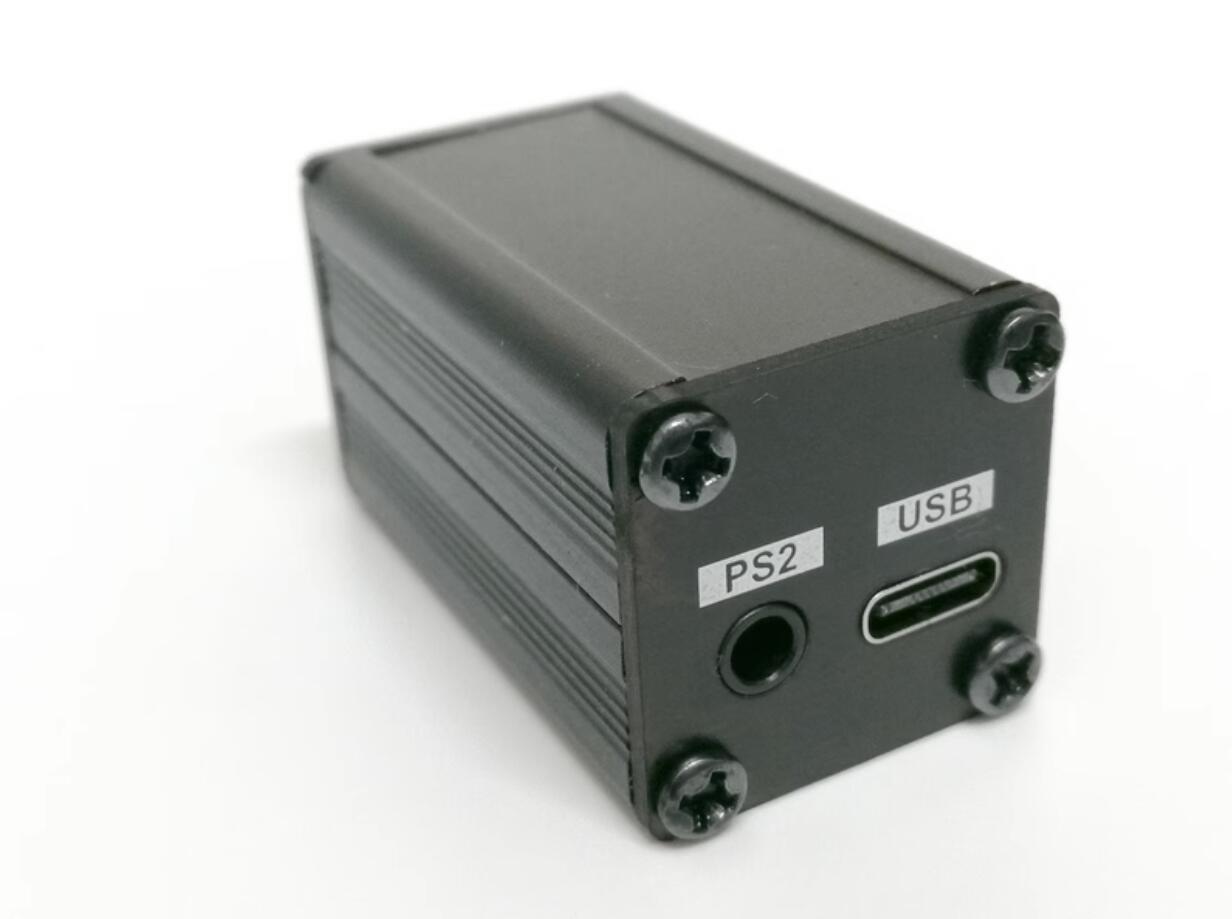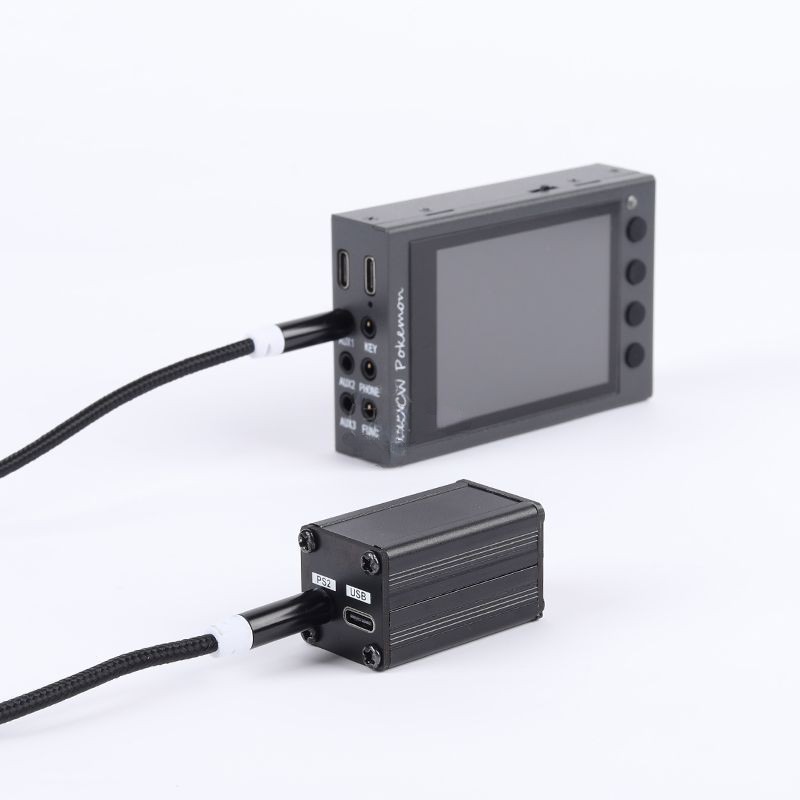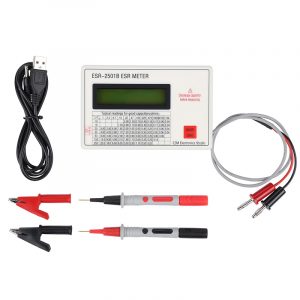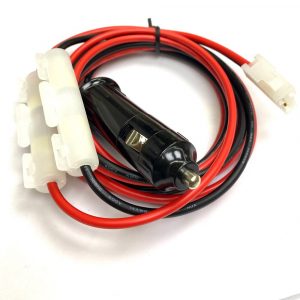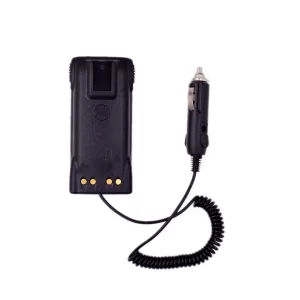Professional Edition Dedicated External CW Coding Microphone for Ham Radio Enthusiasts Amateur Radios Hobbyis Fans
The external MIC option (including built-in battery) is an optional accessory for the Professional Edition, mainly used to pick up CW audio signals from external radio stations, adjust them to a suitable size, and send them to the CW decoding board for the main controller to decode. It is an auxiliary option.
We use a micro high sensitivity microphone, combined with multi-level audio amplification, to convert the CW audio signal of the external radio station into a suitable level for the decoding board to use. The machine is turned on and off using a plug, and automatically turns off when pulled out, making it convenient for users to use.
Equipment technical parameters:
Audio interface: Standard 3.5mm stereo interface
Charging interface: TYPE-C type interface
Charging voltage: DC 5V
Internal battery: Lithium polymer battery with a capacity of 150mAh
Working hours: Fully charged, capable of working continuously for 96 hours
Shell material: aluminum alloy material, non waterproof structure
Appearance size: 25x25x43 mm (excluding protrusion size)
Equipment weight: 30 grams
Instructions for using external MIC options:
The external MIC option is connected to the decoding audio input port of the host through an audio cable. Check and confirm that the working indicator light on the front panel of the MIC option is on; Place the external MIC option near the radio speaker, turn on the radio, confirm that the CW side tone frequency of the radio is set to 600Hz, adjust the volume knob of the external MIC option (clockwise volume is high, counterclockwise volume is low), so that the CW decoding indicator light on the host panel just goes out without CW signal (increasing it a little will flash), and the sensitivity of the audio level is the highest. When there is a CW signal, The CW decoding indicator light will flash clearly with the rhythm of the code signal, and when the signal stops, the corresponding flashing will also stop. At this point, the decoding accuracy will be relatively high. Of course, the recognition rate of CW decoding is directly proportional to the quality and signal-to-noise ratio of the signal. The clearer the signal, the higher the decoding accuracy. When the signal is weaker or the noise is greater than the signal, the decoding accuracy will decrease or even cannot be decoded.
In practical use, you can first find the frequency with the signal, and then offset it up or down by 2kHz to the frequency without the signal to correct the size of the input audio. After the correction is completed, you can return to the signal frequency for decoding.

